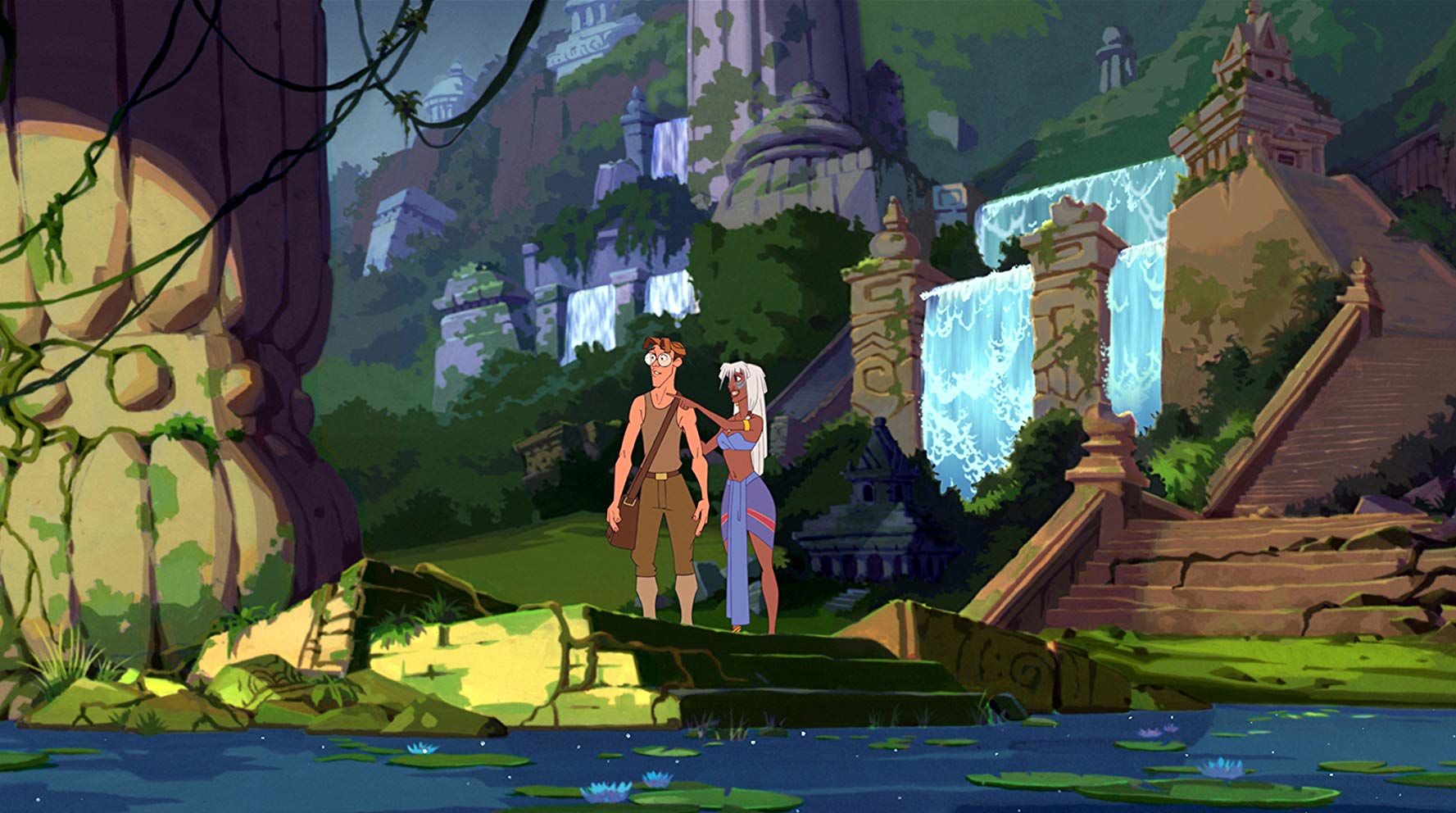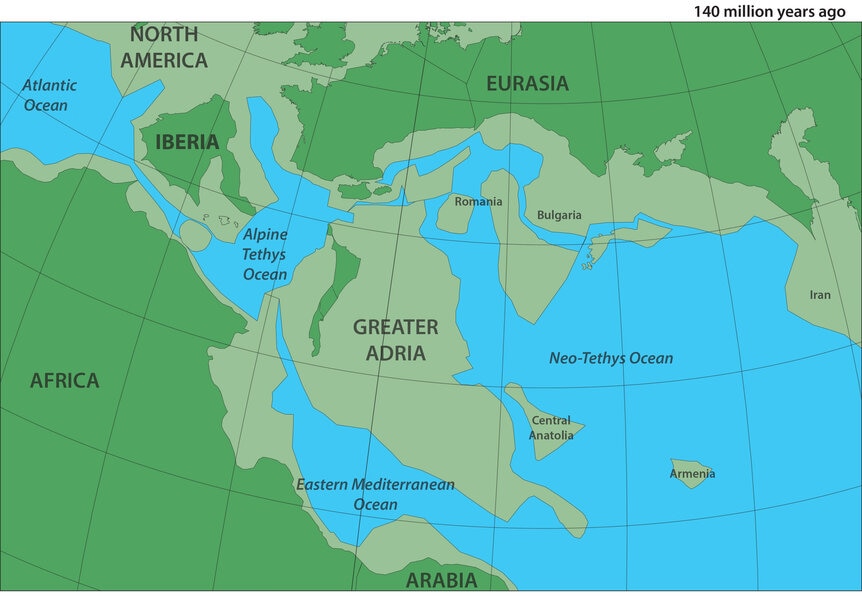Create a free profile to get unlimited access to exclusive videos, sweepstakes, and more!
A long lost continent was discovered beneath Europe, but scientists say it's not Atlantis

A lost eighth continent was recently discovered underneath the Mediterranean region of Southern Europe, but don't put on your Milo Thatch or Princess Kida cosplay just yet, because it's not Atlantis, R'lyeh, Skull Island, or even Dinotopia. No, according to one of the researchers behind the find, Professor Douwe van Hinsbergen, the landmass (which is the size of Greenland) is called "Greater Adria" and fell away from North Africa over 200 million years ago, becoming buried hundreds of miles beneath our planet's mantle.
"Forget Atlantis. Without realizing it, vast numbers of tourists spend their holiday each year on the lost continent of Greater Adria," said van Hinsbergen, a professor of global tectonics and paleogeography at Utrecht University in the Netherlands. "The only remaining part of this continent is a strip that runs from Turin via the Adriatic Sea to the heel of the boot that forms Italy."
Based on scientific scrapings taken from the area, it was concluded that most of Greater Adria was located underwater "and formed shallow, tropical seas in which sediment deposited, for example in large coral reefs. The sedimentary rocks, in particular, were scraped off when the rest of the continent subducted into the mantle. These scrapings are now the mountain belts of the Apennines, parts of the Alps, the Balkans, Greece, and Turkey."
"[The Mediterranean region] is quite simply a geological mess: everything is curved, broken, and stacked. Compared to this, the Himalayas, for example, represent a rather simple system. There you can follow several large fault lines across a distance of more than 2000 km," added van Hinsbergen.
A recreation of what Greater Adria might have looked like can be found below. As you can see, it was a sizable chunk of land that separated the bottom of Eurasia from the top of Africa. We can only imagine what kind of prehistoric creatures walked and/or swam upon it eons ago. Personally, we'd like to think it was Cthulhu, but that's just one opinion. Yes, we know we already ruled out R'lyeh, but let us dream, okay?!
Such a "reconstruction" took the efforts of researchers in Utrecht, Zurich, and Oslo. And even then, they had to use a mixture of "advanced plate tectonic reconstruction software ... [and] manual work: the entering of thousands of pieces of information from the literature that say something about movement in the earth, such as fault lines and magnetism stored in the rocks."
"This is not only a large region, but it also hosts more than 30 countries. Each of these has its own geological survey, own maps, and own ideas about the evolutionary history. Research often stops at the national borders. Therefore, the region is not just fragmented from a geological perspective," continued van Hinsbergen, explaining why it took so much time and research across multiple cities to come up with a general idea of the lost continent's layout.
While Greater Adria may no longer exist in the traditional sense, its discovery is still yielding plenty of practical applications to naturally occurring forces of nature like volcanoes and earthquakes. Professor van Hinsbergen even said that this research can end up helping humans "predict, to a certain extent, what a given area will look like in the far future."
You can explore the full results of the (literal) Earth-shattering find at ScienceDirect.com. The paper (titled "Orogenic architecture of the Mediterranean region and kinematic reconstruction of its tectonic evolution since the Triassic") was co-written by van Hinsbergen, Trond Torsvik, Stefan Schmid, Liviu Maţenco, Marco Maffione, Reinoud Vissers, Derya Gürer, and Wim Spakman.
Our next opportunity to "discover" Atlantis will be in Aquaman 2, which dives into theaters Dec. 16, 2022.















